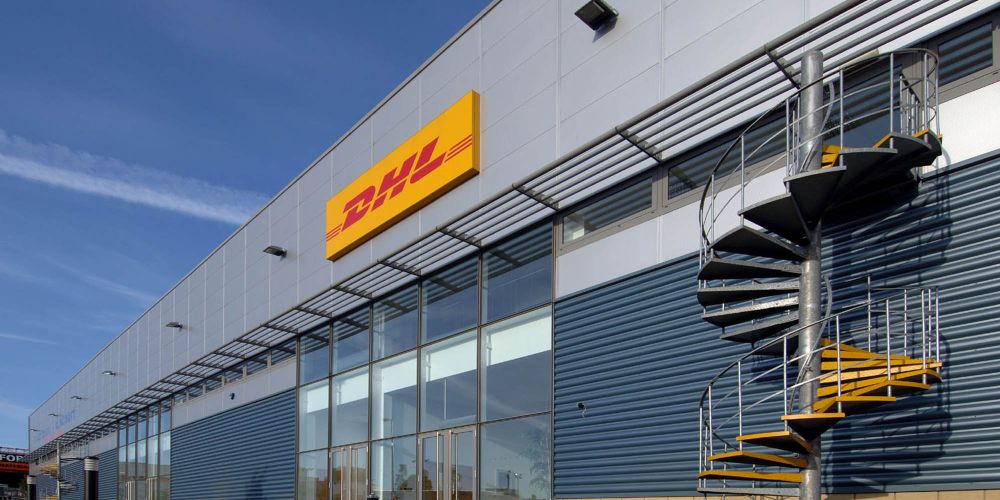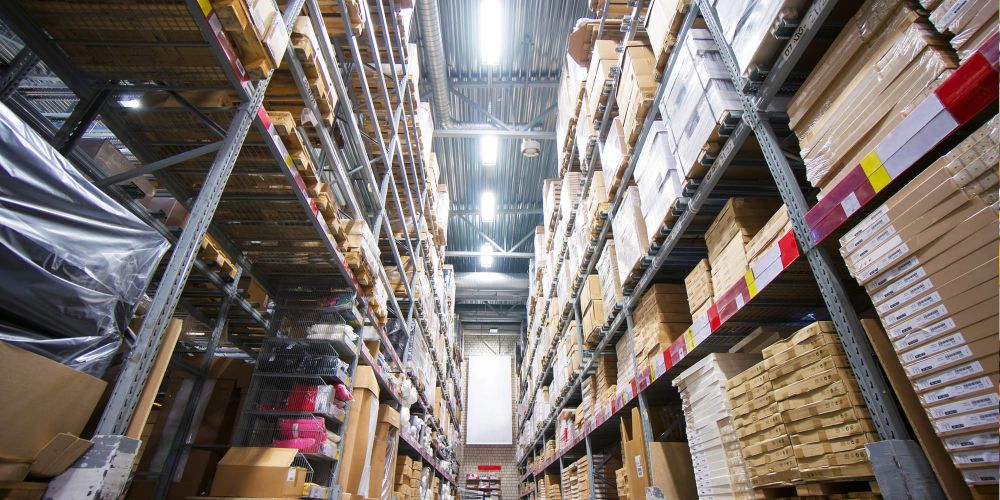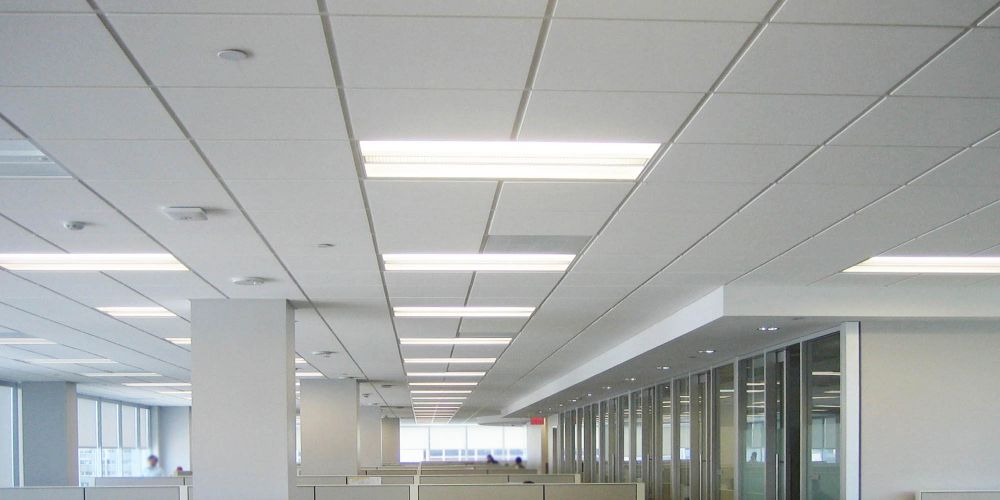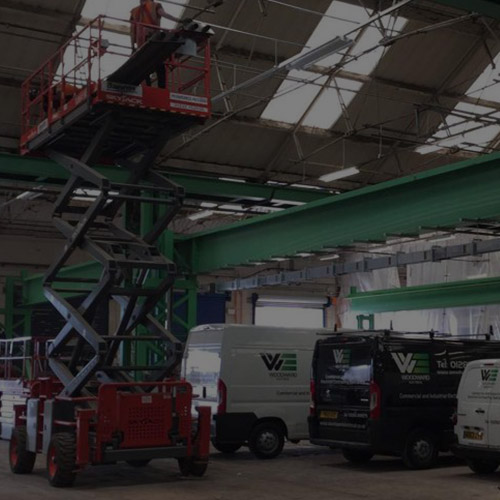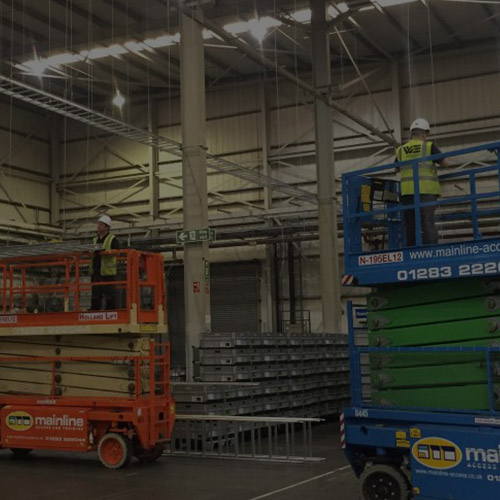Electrical & Energy Efficient Solutions
LED lighting installation for DHL Tradeteam

Our design team worked closely with one of the world’s largest logistics companies, DHL Tradeteam, to produce a lighting scheme based on energy savings and CO2 emissions that would aesthetically compliment the office layout. Our electrical engineers successfully installed the new lighting system according to the agreed lighting design specification.
Commissioning of the bespoke energy efficient lighting system was undertaken to meet the client’s requirements by programming individual lights in regard to time duration, LUX levels, sensor sensitivity, and luminaire dimming.
Final calculations concluded that the scheme had exceeded its initial estimation of 30% energy savings per annum, to 40% savings.
CLIENT:
SECTOR:
Transport and Logistics
PROJECT:
LED, emergency efficient lighting and emergency lighting
BUDGET:
£70,000
WOODWARD DIVISION:
Electrical & Energy Efficient Solutions
REQUIREMENT:
The design and installation of a complete and compliant energy efficiency scheme for LED lighting incorporating emergency lighting.
BACKGROUND:
DHL is one of the world’s largest and best-known logistics companies. Our design team worked with its specialist DHL Tradeteam operation to specify and install a system that would reach two main objectives – to be energy efficient and complement the existing interior design and layout of the DHL offices.
SOLUTION & OUTCOMES:
Our design team worked closely with DHL’s team to create a lighting scheme that would be aesthetically pleasing, and also deliver high energy efficiency and low CO2 emissions. Our team of electrical engineers installed the new lighting system that matched the desired design specification and met the client’s specific requirements by comprising:
- Programming individual lights for agreed time durations to conserve energy
- Incorporate optimum LUX levels
- Sensor operation functionality
- Luminaire dimming
- NICEIC certification and compliance
Final testing revealed the scheme had exceeded its initial estimates – energy saving stands at an average of between 30% and 40%.


